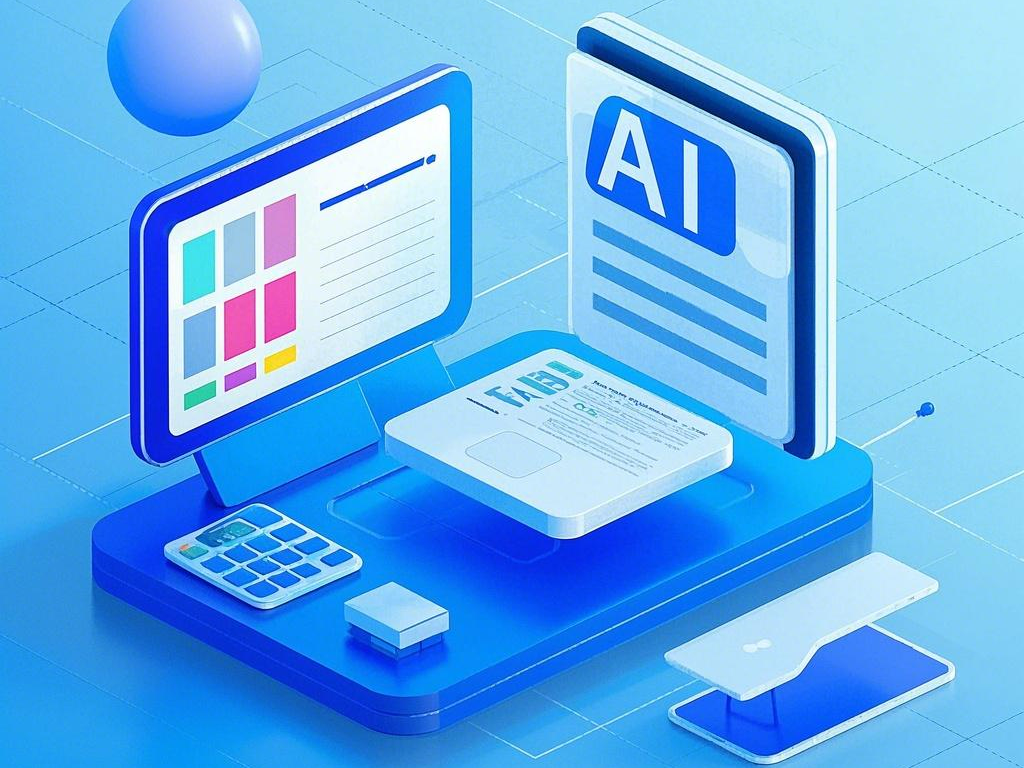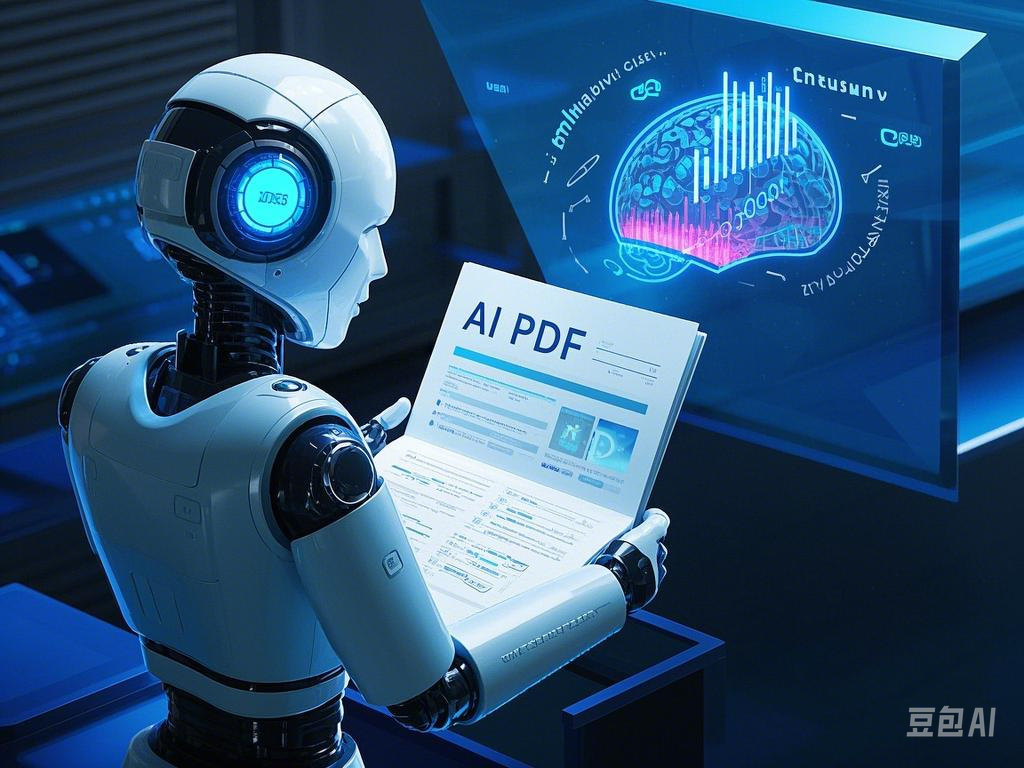
Artificial Intelligence (AI) has revolutionized various aspects of our lives, from enhancing productivity tools to providing intelligent personal assistants. One intriguing application of AI is handwriting recognition, a technology that can read and interpret handwritten text. This article explores occasions when people might need AI handwriting recognition, the technology behind this capability, and how different AI models can be used to recognize handwriting.
The article provides an overview of how AI, specifically models like ChatGPT, could potentially be used for handwriting recognition. However, it’s important to clarify a few points regarding the current state of technology:
- Current Capabilities of ChatGPT: As of now, ChatGPT itself does not directly process images or handwriting. ChatGPT is a text-based model designed to understand and generate text. It does not have built-in capabilities for recognizing text from images. Handwriting recognition typically involves specialized OCR (Optical Character Recognition) technologies that are designed to handle image processing and text extraction.
- Handwriting Recognition Technology: The technology for recognizing handwriting is primarily handled by OCR tools enhanced with AI and machine learning. These tools can process images of handwritten text and convert them into digital text. Examples include tools like Google’s Cloud Vision OCR, Microsoft’s Azure Computer Vision, and others.
- Integration Possibilities: While ChatGPT cannot directly read handwriting, it can potentially be integrated with other AI tools that specialize in OCR. In such a workflow, an OCR tool would first extract the text from handwriting, and then ChatGPT could be used to process, correct, or analyze the extracted text.
Key Takeaways
- AI handwriting recognition is getting better, with tools like ChatGPT Vision and iWeaver converting tough handwriting into useful data.
- AI’s skill with cursive and organizing data shows its value in many areas.
- Handwriting analysis by AI is changing how we deal with written notes, making it faster and simpler.
Occasions to Use AI for Handwriting Recognition
There are numerous scenarios where individuals might need AI to read handwriting:
- Academic Research: Researchers often come across historical documents or handwritten notes that need transcription for analysis and study.
- Medical Records: Doctors and nurses may have handwritten notes that require digitization for easier access and better patient management.
- Legal Documents: Legal professionals might need to digitize handwritten agreements, wills, or case notes.
- Personal Notes: Individuals who prefer taking handwritten notes might want to convert these into digital text for better organization and retrieval.
- Business Operations: Companies with handwritten forms, feedback, or records need efficient ways to convert these into digital formats for data analysis and storage.
- Educational Purposes: Teachers and students can use handwriting recognition to digitize assignments, lecture notes, or examination papers.

Technology Behind Handwriting Recognition
Handwriting recognition technology combines several advanced AI techniques:
- Optical Character Recognition (OCR): Traditional OCR technology recognizes printed text in images. Advanced OCR systems have been improved to handle handwritten text by being trained on diverse handwriting samples.
- Deep Learning Models: Convolutional Neural Networks (CNNs) and Recurrent Neural Networks (RNNs) are used to identify and interpret the complex patterns in handwriting. These models are trained on large datasets of handwritten samples.
- Natural Language Processing (NLP): NLP algorithms help in understanding the context of the recognized words, making the transcription more accurate by considering the language structure.
- Transformers: Modern AI models use transformer architectures, which can process sequences of text and are capable of understanding and generating human-like text, including recognizing and interpreting handwriting.
Can AI Read Handwriting?
Yes, AI can recognize handwriting. The advancements in deep learning and machine learning have enabled AI systems to understand and convert handwritten text into digital form with high accuracy. This capability is continually improving as models are trained on more diverse and extensive datasets.
1. Use OCR Tools with AI for Handwriting Recognition

While ChatGPT itself does not directly process handwriting, it can be integrated with OCR tools that specialize in this task. Here’s how you can use AI models and OCR tools for handwriting recognition:
- Image Capture: Take a clear photograph or scan of the handwritten text.
- OCR Tool: Use an AI-powered OCR tool (e.g., Google Cloud Vision, Microsoft Azure Computer Vision) to process the image and extract the text.
- Upload and Process: Upload the extracted text to ChatGPT for further processing, correction, or contextual analysis.
- Output: ChatGPT processes the text, corrects any errors, and provides the final digitized output.
Similarly, while Gemini can’t directly read handwriting yet, Google Gemini can access and process information from various handwriting recognition APIs, potentially helping you find the right tool for your needs.
2. Use ChatGPT Vision to Read Cursive and Sloppy Handwriting
Reading handwritten notes can be hard, especially when they’re in cursive or messy. But, thanks to technology like ChatGPT Vision, this task is becoming easier. This technology uses deep learning and analysis to understand written text better every day.
A close-up of a handwritten note in cursive, with some letters merged and hard to decipher. In the background, an AI program is shown analyzing the note with lines of code and numbers. The AI’s progress bar is slowly filling up, indicating that it is successfully reading the handwriting.
ChatGPT Vision is really good at reading hard-to-understand handwriting. It uses advanced models to figure out what the text says. This is super helpful in healthcare because it can prevent mistakes made due to bad handwriting on prescriptions.
- Visit GPT Vision Builder
- Upload your images that have your handwriting text.
- You’ll get the text extracted from the image you provided.

Challenges in Handwriting Recognition
AI still finds some handwriting tough to read. Every person writes a bit differently, which can confuse the systems. Sometimes the text is not very clear, making it even harder. But, with more use and updates, AI can get better at understanding all kinds of handwriting.
Conclusion
Handwriting recognition by AI has become a practical and efficient solution for converting handwritten text into digital form. Whether for academic, medical, legal, or personal use, these AI tools offer significant benefits in terms of accuracy and convenience. By leveraging deep learning models and advanced OCR technologies, AI can indeed read and interpret even the most challenging handwriting, making our interactions with handwritten documents smoother and more efficient.
Even with these challenges, ChatGPT can handle cursive and organize complex data. It shines when turning written forms into digital records. This shows how powerful AI analysis can be. It can replace long hours of manual work with a few clicks.



